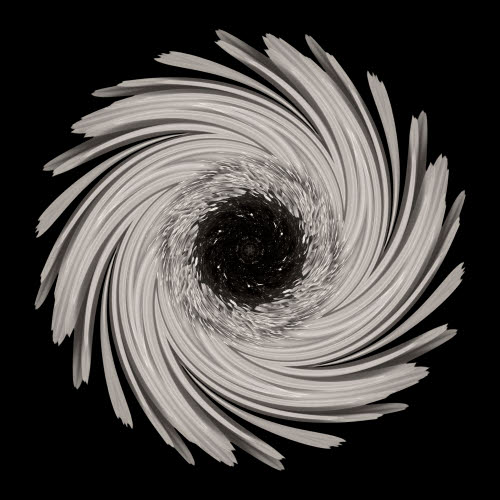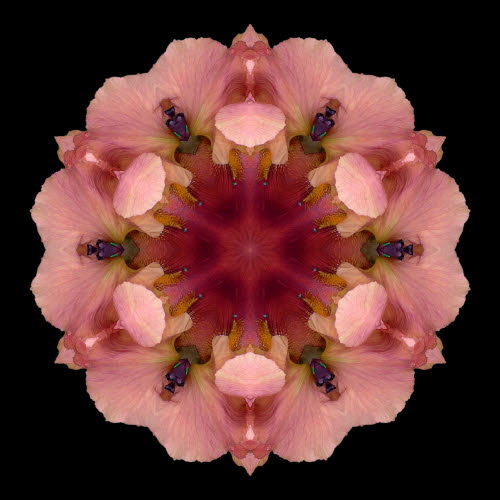This is the second in a series of posts by guest authors/artists.
Ernest Morin started making photographs in 1978. He takes black-and-white pictures with a wide variety of film cameras and is among the best portrait and documentary photographers I know. Ernest’s work was recently selected as one of 20 current American documentary photographers to be presented by the Not for Profit Network at the annual conference “Agents of Change: Art and Advocacy” sponsored by the Society of Photographic Education in Denver, Colorado.
Often, Ernest takes photographs in his home town of Gloucester, Massachusetts. In an article in the Gloucester Times he said, “Photography is a challenge for me. It’s not something that comes naturally. But I love the inexhaustible medium that it provides me and how it allows me to process how I feel about the world.” This post describes his response to a recent fire that destroyed an apartment building and the neighboring Jewish temple, and in which one resident was killed as the intensity of the fire dramatically increased just before he could be rescued.
A Few Words from a Documentary Photographer: Ernest Morin

The picture above was taken on Dec 14, 2007. I often take photographs of my city. Most of my work is deeply rooted in Place, but this was the first time I had to make pictures knowing someone I knew fell back into the fire and others were still unaccounted for. It was also very fast moving, as within an hour we watched a city block go from flame to collapse.
Art making isn’t usually so upsetting or terrifying. We have no words to summarize the range and extent of primal feelings such circumstances evoke. How do you make sense of something this utterly intense? How do you make sense of all those complex and strong emotional responses for which you have no names? I continue to photograph, to see as clearly as I can – to look for truths and poetry in everyday life – to try to comprehend….
The notion that is is healing is up for debate. One makes art because one is compelled to say something they otherwise can’t – one does not make art to heal oneself. Art making can be healing, but it can also rip open old wounds, renew old trauma, and cause you to be extremely sad all over again. My work is not pretty – more often it is very gritty and, as one woman recently said, “not comfortable nor convenient to look at.” I tend to shoot what is behind the postcard view of life in the city or American life.
I take my cameras on my daily walks. For a long time, I used them to help distract me from the constant nerve pain I live with — the act of concentrating on making an image is like a mini-meditation and disrupts the signal somewhat – but the photographs I made were about the changes the town was experiencing and the people who live here and thus make it the Place it is. I started this work a year before my accident, so I can’t claim to have done it in order to heal myself, although I do realize it helped me get through. The pain allowed me to see in ways I probably would never have been able to and to have empathy for others. Having a medium I knew extremely well was a huge help, as I had a way to express myself outside of the pain.
The photograph below I made some 26 hours after the one above. I had taken in an elderly couple who were rendered homeless by the fire. I went out at 2:30am Sunday morning to see if the block they lived on had any electrical power. I was struck hard when I saw the scene. I walked home. It was already snowing. I packed up a 4×5 camera, film, and a heavy tripod, then hiked back. I hadn’t slept for more than an hour at a time since the fire – I needed to find some resolve with it.
This image said all I wanted to relate about what I felt and how it felt and why and it also was beautiful, which held hope. I fumbled, as my fingers were a bit numb, made several two minute exposures, kept moving around until I arrived at this solution. It was very peaceful and calming: I could hear the crackle of timbers burning and the hiss of water, snow was falling, it was incredibly quiet. I made several other exposures and lost track of how cold it was. I arrived home a few blocks away at 4am, made myself a cup of tea, and sat down and cried. I suppose the experience was healing to some degree.
This view of the temple was gone by early morning. I’m glad I had a strong need to process it and that I use my camera as a means. I emailed the scanned negative to the Rabbi and gave them usage for their web site. It has touched many people at this point and in some ways has helped to allow them to make their personal peace with what happened. I still can’t go into a darkroom to print it. In the process of making prints, I will re-experience a lot of those emotions, and it is far too raw at the moment for me to do that. If you are really sensitive and open, making Art is like living more intensely. When you fire that shutter you galvanize that moment in the camera as well as in your mind and it is fused to your emotional state. I can still recall vividly moments from 1980 that are my photographs – smells, peripheral details one should have long forgotten.
I always make a point to share my work with the community in ways that are public and free, as Art shouldn’t be only for the elite who can afford museum prices these days. Real art has always had a community purpose. It is only recently that it has become very self-absorbed and art-world centered. I make images that I feel will stand as documents for future generations to have an idea of what we experienced in our time. Perhaps it is healing to know others went through the struggle as well. Certainly, when I look at an Edward Curtis photograph or a drawing or painting by Rembrandt, I feel a connection, experience a similar range of emotion, and that transcending of time is good for ones spirit.

A Quicktime slideshow of Ernest Morin’s recent work:
(This may take a minute or so to download, depending on your connection speed.)
Link to Gloucester temple website:
Temple Ahavat Achim
Discussion:
A Few Words from Ernest Morin
Links to some of Ernest Morin’s work:
The Flag
At the Crossroads: A City in Transition
Contact information: dba_document@yahoo.com
© 2008, Ernest Morin

